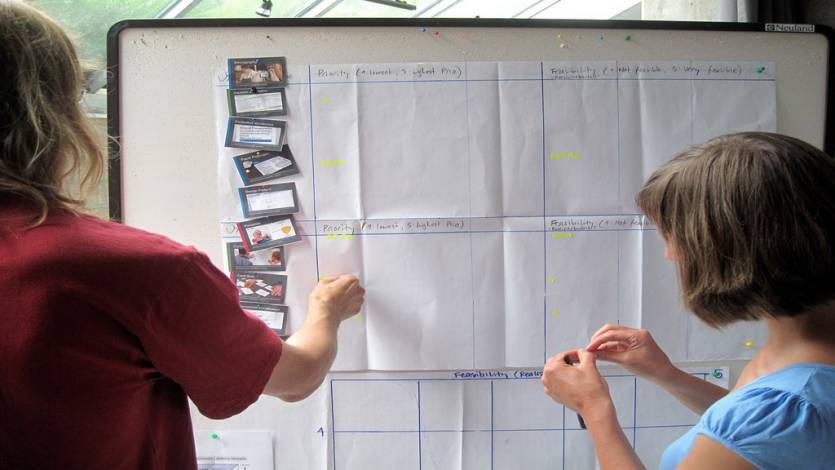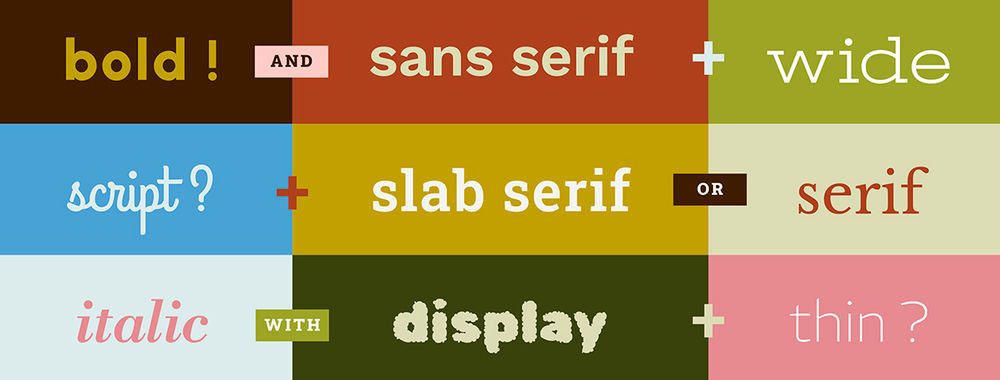We can’t all be UX professionals; if we were then no products would ever actually be made. People would be far too busy doing research to get around to design and development. That doesn’t mean that those involved in product creation wouldn’t benefit from some fairly basic UX skills. So we’ve put together a short list of tips that would improve the UX of products that remain untouched by a UX professional team.
1. Don’t Work Too Hard

Author/Copyright holder: Chris Martino. Copyright terms and licence: CC BY-NC 2.0
If you resist hard work; you’ll tend to focus on the big ticket items that bring the biggest benefits. You don’t need to be brilliant to create a good user experience; you need to focus on the things that matter to your users. Keep things simple and work on the things that promise the most dramatic benefits. It really doesn’t matter how cool your “Save” icon is. It probably does matter that your users get what they want out of your process.
2. Get Feedback
Ideally, you’d get feedback from your actual users but if time, budget, confidence, etc. are lacking – go and get feedback from someone. Get your friends, family, etc. to sit down and test your work. Is it easy to use? Does it do what they expected it to do? If not, why not? What’s frustrating to them? Now, these people may not be your target market but assuming they’re not certifiably insane – they’re going to touch on issues that your users would bring up too.
3. Collect and Review Data

Author/Copyright holder: r2hox. Copyright terms and licence: CC BY-SA 2.0
Get Google Analytics installed at a minimum on your website; plug in other analytic options too if you can. The more data you have; the more you can understand your users. Given that data collection is automated (and low to no cost to implement) – it’s an effortless way to get more information. You have to take time to review that data to make it valuable. You want to look for patterns/trends that show both strengths and weaknesses with your website. Then you can work to create more strengths and fewer weaknesses.
4. Consider Gamification

Author/Copyright holder: VFS Digital Design. Copyright terms and licence: CC BY 2.0
A little gamification can go a long way to making routine tasks more fun. There are plenty of plug ins available for leader boards, badges, etc. Not everyone loves this approach but given the wide-scale implementation of gamification features by companies such as LinkedIn and TripAdvisor; it’s a fairly reasonable assumption that it works for some folks. This may be an easy way to lift a dull property into one that users enjoy.
5. Feel Free to Steal
If you find something that works really well elsewhere – emulate it. Try not to make direct copies; this upsets copyright holders and patent holders but there’s nothing wrong with putting your own twist on an idea and reusing it as part of your design strategy. If someone else has created a great user experience; if you can model some of that experience – it’s likely to be pretty good for your users too.
Header Image: Author/Copyright holder: visualpun.ch Copyright terms and licence: CC BY-SA 2.0











